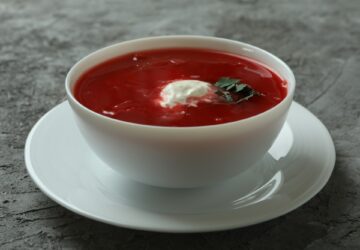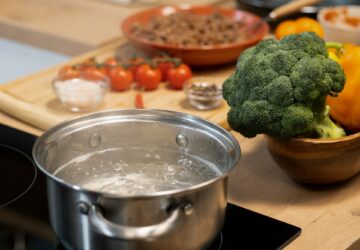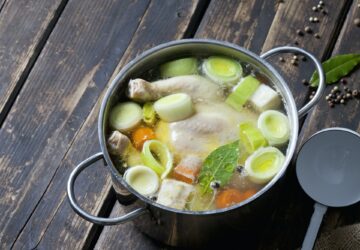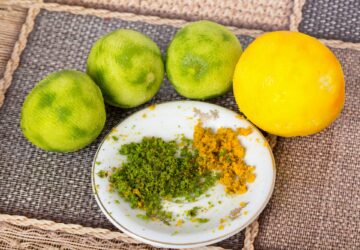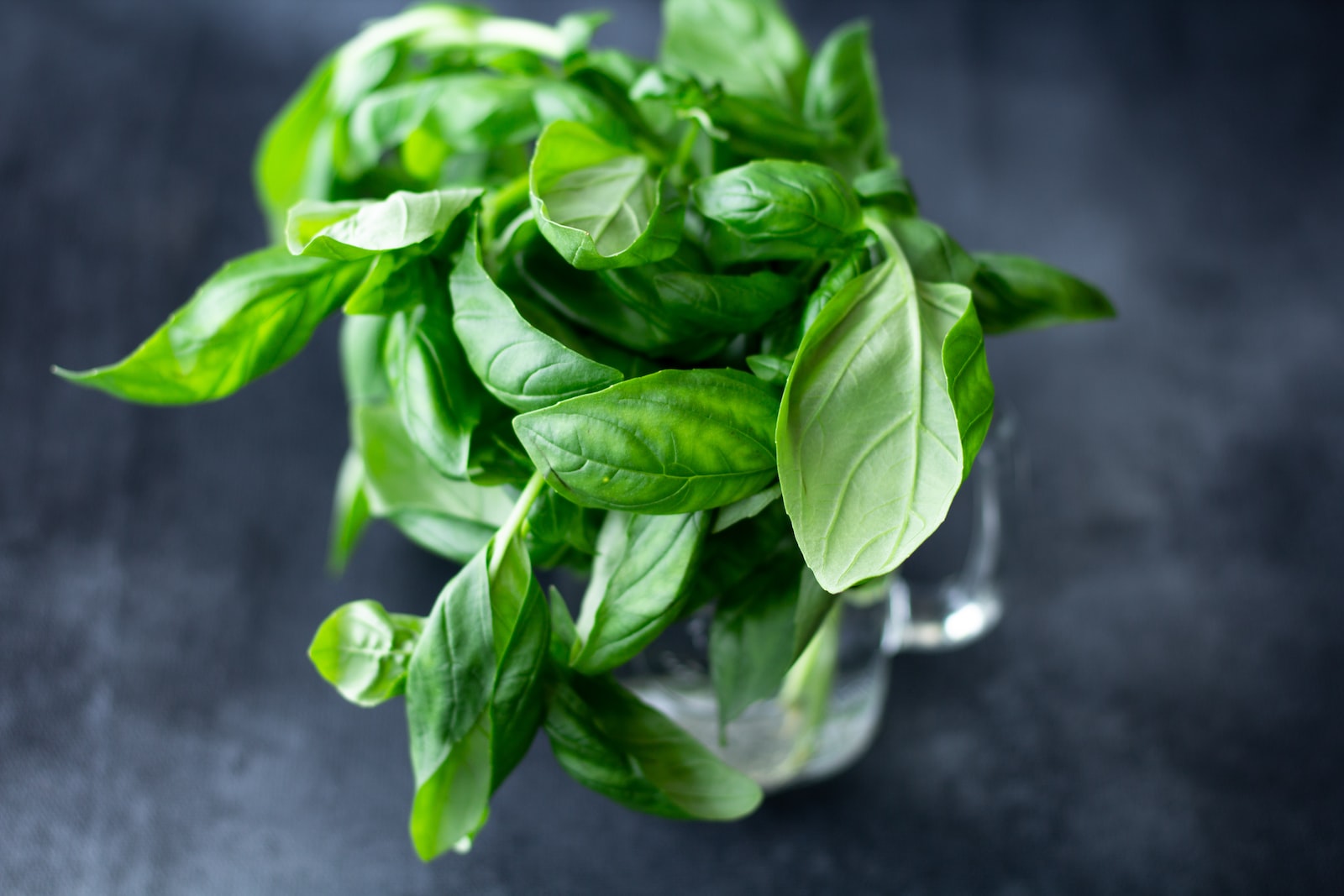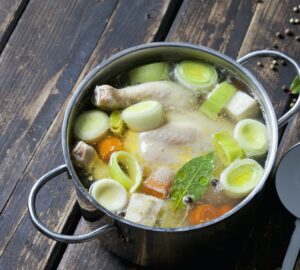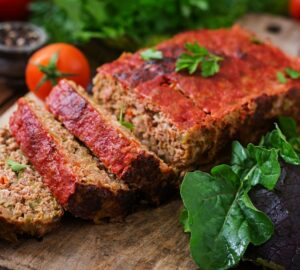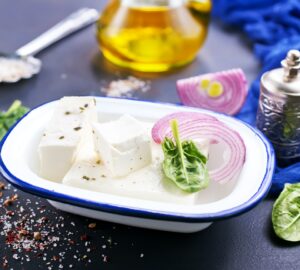Basil, known scientifically as Ocimum basilicum, is an aromatic herb that belongs to the mint family, Lamiaceae. It is native to tropical regions of Central Africa and Southeast Asia but has become a popular culinary ingredient around the world, especially in Mediterranean and Italian cuisine. In this overview, we’ll delve into the characteristics, uses, and health benefits of basil in 300 words or more.
There are numerous varieties of basil, each with its unique flavor profile and appearance. Some common types include sweet basil, which is most commonly used in Italian cooking; Thai basil, which has a slightly spicier flavor and is often found in Southeast Asian dishes; and lemon basil, which has a distinct citrus aroma. The leaves of basil plants can range from bright green to deep purple and can be smooth or ruffled.
Basil is used in a wide array of culinary applications, from fresh salads and sandwiches to sauces, soups, and stews. It is a key ingredient in Italian dishes like pesto, a sauce made from fresh basil leaves, garlic, pine nuts, Parmesan cheese, and olive oil. In Thai cuisine, basil is frequently used to add fragrance and flavor to stir-fries, curries, and noodle dishes.
When cooking with basil, it is important to note that the delicate leaves can lose their flavor and aroma when exposed to high heat for an extended period. To preserve the herb’s taste, it is often added toward the end of the cooking process or used as a fresh garnish.
Basil also offers numerous health benefits, thanks to its rich content of vitamins, minerals, and antioxidants. It is a good source of vitamins A, C, and K, as well as folate, calcium, iron, and manganese. The herb contains a range of beneficial compounds, such as flavonoids, which have antioxidant properties that help protect the body from cellular damage.
Basil also contains essential oils, such as eugenol, linalool, and citronellol, which have been found to possess anti-inflammatory, antimicrobial, and antiviral properties. Some studies suggest that these compounds may help reduce inflammation, support immune function, and protect against various infections.
In traditional medicine, basil has been used to treat a variety of ailments, including digestive issues, respiratory problems, and skin conditions. While more research is needed to fully understand the extent of basil’s health benefits, incorporating the herb into a balanced diet can contribute to overall well-being.
Basil can be grown both indoors and outdoors, making it an accessible and versatile herb for home gardeners. It thrives in well-drained soil and requires ample sunlight to flourish. To maintain a continuous supply of fresh basil, it is best to harvest the leaves regularly and pinch off the flowers, as this encourages bushier growth and prevents the plant from becoming too woody.
In conclusion, basil is a fragrant and flavorful herb that plays a significant role in many global cuisines. With its various types, culinary uses, and potential health benefits, basil offers a delightful addition to a wide range of dishes and contributes to a balanced, nutritious diet.
